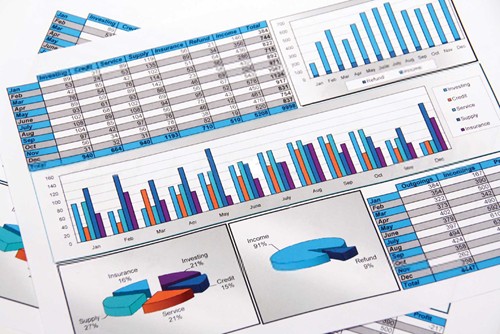VietNamNet Bridge – The high purchasing power in the Vietnamese market proves to be the biggest reason that make foreign investors feel secure when they continuing pouring more capital to their consumer goods production projects in Vietnam.

Shinichiro Hori, General Director of Dream Incubator Vietnam, said healthcare and food would be the two most important and long term investment fields that DIAIF investment fund targets.
DIAIF has made such a decision because it has realized that the Vietnamese market has been growing very fast with high population. Therefore, DIAIF’s advantages in high technologies and good corporate governance skills would bring benefits to both domestic businesses and DIAIF.
He has also noted that a lot of Japanese investors, mostly small and medium enterprises, have been very interested in the beverage and nutrition food industry fields in Vietnam.
Marketing Division’s Head of Kirin Company, which has been present in Vietnam for some years, said Kirin is considering scaling up the production to create new products for the home market consumption.
There are still many attractive opportunities in the packaged food production sector, where Masan Group is one of the best-known manufacturers. A report by Mintel Global Market Navigator on the instant noodle market in 2012, showed that Masan Group is among the top 5 companies which are dominating the market.
Meanwhile, according to Nielsen Vietnam, Masan is accounting for 45 percent of the high grade instant noodle market share. The group has taken first steps to jump into the market segment for popular consumers when launching Tien Vua brand products.
Nielsen Vietnam has also affirmed that the red-ocean period has not come to the instant noodle industry like in many other developed markets, and that there still exist great opportunities. The growth value by August 2012 had reached 17 percent in comparison with the same period of 2011, while the quantity value by 8 percent.
Of course, Vietnam cannot rely only on the high domestic purchasing power to attract foreign investors, because it cannot compete with China or Thailand in the issue.
Moreover, if considering the percentage of revenue the Vietnamese market contributes to the total turnover of international FMCG groups, one would see that Vietnam is just a very small part in their global development strategies.
However, in the long term, Vietnam can access foreign investors at the regional stature to exploit its advantage in the purchasing power. A lot of foreign FMCG groups invest in Vietnam not only to exploit the domestic market, but also to target the Indochina regional market.
The two factories of Sanofi Aventis in Vietnam not only make products for the domestic consumption, but also for the export to the Asian market.
In late 2011, Sanofi Aventis signed an exclusive distribution contract with Laos DKSH Company, under which in 2011-2014, Sanofi would market 34 trademarks and 50 healthcare products for women and children.
Christopher Hirtz, Indochina Regional Director of Sanofi, also said that Indochina is a very promising land for the pharmacy industry.
Ken Atkinson, Managing Director of Grant Thornton Vietnam, has noted that Cambodia and Laos both have the lower populations than in Vietnam (18 million and 7 million residents), therefore, foreign investors in Vietnam would think of reaching their hands to the Lao and Cambodian market.
The tendency is believed to occur mostly with the enterprises in the food and FCMG. Beverage and instant noodle, for example, are the most favorite products in Cambodia.
DNSG